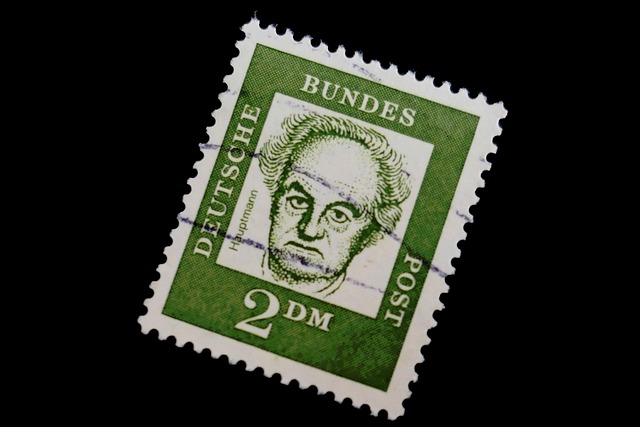
Corneal Mucus Strands
Introduction
The cornea, a transparent front layer of the eye, plays a crucial role in vision by refracting light and protecting the inner structures of the eye. It is composed of several layers, including the epithelium, Bowman's membrane, and the stroma. Among various ocular conditions affecting the cornea, the presence of mucus strands is a notable concern, particularly in relation to filamentary keratitis and other corneal disorders.
Understanding Corneal Mucus Strands
Mucus strands in the cornea can manifest as thin, thread-like materials that adhere to the corneal epithelium. This condition, known as filamentary keratitis, is characterized by the formation of filaments that can lead to discomfort and visual disturbances. The strands are often composed of mucus, epithelial cells, and various proteinaceous and lipoidal materials that may accumulate due to underlying ocular or systemic conditions.
Causes of Corneal Mucus Strands
The development of corneal mucus strands can be attributed to several factors:
- Infectious Agents: Bacterial, viral, or fungal infections can lead to inflammation and the subsequent formation of mucus strands.
- Systemic Diseases: Conditions such as Sjögren's syndrome, which is characterized by dry eyes and mouth, can contribute to the accumulation of mucus in the cornea.
- Environmental Factors: Exposure to pollutants, allergens, and other irritants can exacerbate corneal conditions, leading to mucus production.
- Contact Lens Wear: Prolonged use of contact lenses can disrupt the normal tear film and contribute to the formation of mucus strands.
- Previous Ocular Surgery: Surgical interventions on the cornea may alter its surface and lead to complications, including filamentary keratitis.
Symptoms Associated with Mucus Strands
Individuals experiencing corneal mucus strands may present with a variety of symptoms, including:
- Visual Disturbances: Mucus strands can obstruct vision, leading to blurred or distorted sight.
- Discomfort: Patients often report sensations of grittiness or irritation in the eye.
- Redness: Inflammation associated with mucus strands can cause conjunctival redness.
- Excessive Tearing: The eye may produce more tears in response to irritation caused by mucus accumulation.
Diagnosis and Treatment
Diagnosis of corneal mucus strands typically involves a comprehensive eye examination by an ophthalmologist. This may include:
- Slit-Lamp Examination: This technique allows for detailed visualization of the cornea and identification of mucus strands.
- Assessment of Tear Film: Evaluating the quality and quantity of the tear film can help determine underlying causes.
- Medical History Review: A thorough history of symptoms, previous ocular conditions, and systemic diseases is essential for accurate diagnosis.
Treatment options for corneal mucus strands vary based on the underlying cause and may include:
- Artificial Tears: Lubricating eye drops can alleviate dryness and reduce discomfort.
- Topical Medications: Anti-inflammatory or antibiotic drops may be prescribed to address inflammation or infection.
- Management of Underlying Conditions: Addressing systemic diseases or modifying contact lens use can help reduce the incidence of mucus strands.
Conclusion
Corneal mucus strands represent a significant ocular condition that can impact visual acuity and overall eye health. Understanding the causes, symptoms, and treatment options is essential for effective management. Individuals experiencing symptoms related to corneal mucus strands should seek professional evaluation to ensure appropriate care and intervention.

















 Licensing Process For Nuclear Installations
Licensing Process For Nuclear Installations 
 Health
Health  Fitness
Fitness  Lifestyle
Lifestyle  Tech
Tech  Travel
Travel  Food
Food  Education
Education  Parenting
Parenting  Career & Work
Career & Work  Hobbies
Hobbies  Wellness
Wellness  Beauty
Beauty  Cars
Cars  Art
Art  Science
Science  Culture
Culture  Books
Books  Music
Music  Movies
Movies  Gaming
Gaming  Sports
Sports  Nature
Nature  Home & Garden
Home & Garden  Business & Finance
Business & Finance  Relationships
Relationships  Pets
Pets  Shopping
Shopping  Mindset & Inspiration
Mindset & Inspiration  Environment
Environment  Gadgets
Gadgets  Politics
Politics 